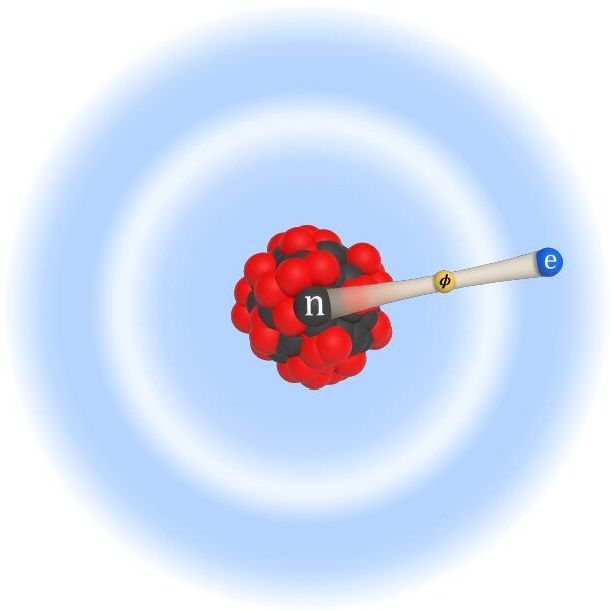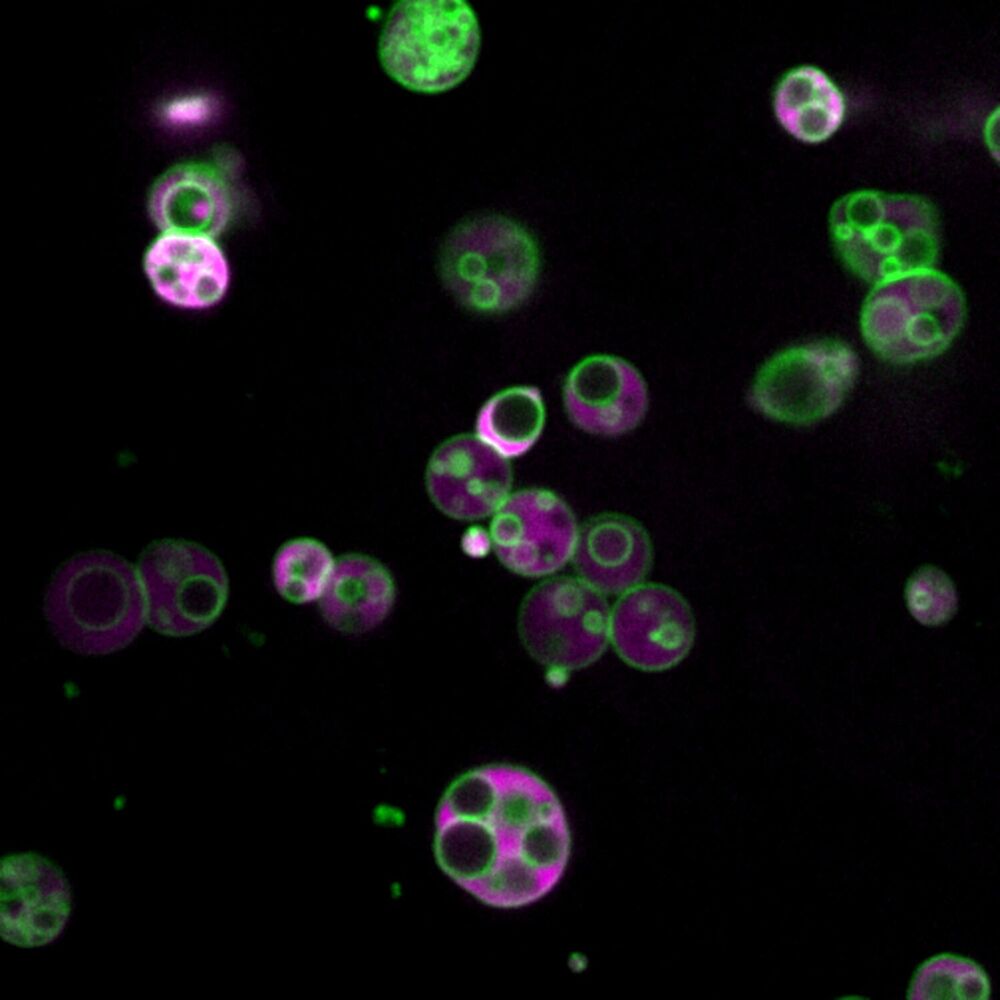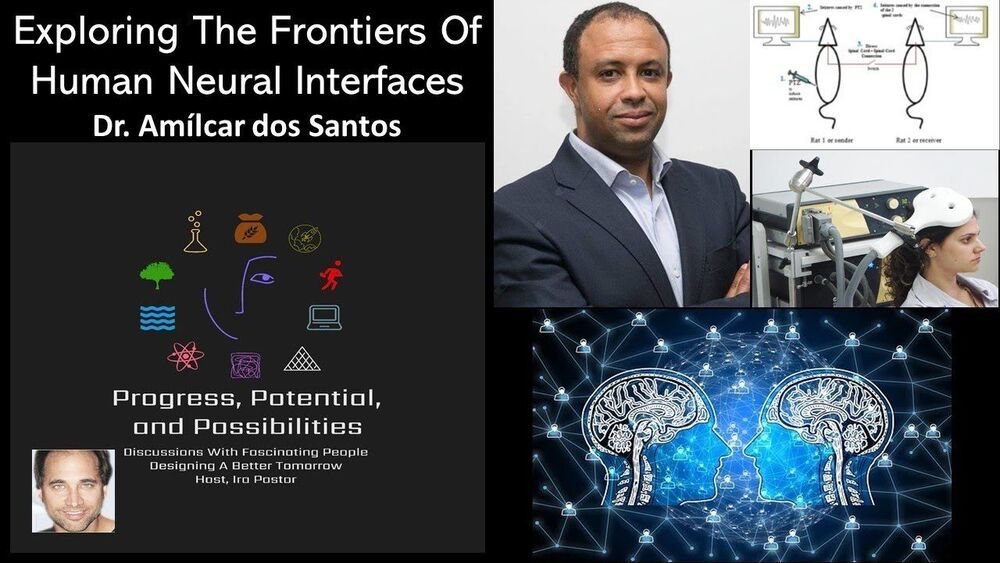That’s not gonna get annoying as hell.
Aptera revealed its new EV. It starts at $25,900 and offers up to 1,000 miles of range with a full charge. Pre-orders require a refundable $100 deposit.
Building An Invisibility Shield
Posted in habitats
Video from Unilad. I want my own invisibility shield! 😃
This guy built an invisibility shield that actually works! 😱.
MMA champ and legend discussing his longevity in the sport.
Mr. Ken Shamrock is the very first athlete elected to the Ultimate Fighting Championship (UFC) Hall of Fame, widely regarded as one of the biggest stars in the history of Mixed Martial Arts (MMA), as well as an icon and pioneer of the sport.
He’s widely known for his participation in the Ultimate Fighting Championships, The World Wrestling Federation, Pride Fighting Championships, Pancrase, and Total Nonstop Action Wrestling, and during his career earned the title of “The World’s Most Dangerous Man.”
Over his career, Mr. Shamrock garnered no fewer than 14 World and other Major Championships.
He is the founder of the Lion’s Den mixed martial arts training camp, a mixed martial arts team and training facility with its headquarters in Reno, Nevada, with now new training facilities, including Lion’s Den Arizona and Connecticut.
Extremely light and weakly interacting particles may play a crucial role in cosmology and in the ongoing search for dark matter. Unfortunately, however, these particles have so far proved very difficult to detect using existing high-energy colliders. Researchers worldwide have thus been trying to develop alternative technologies and methods that could enable the detection of these particles.
Over the past few years, collaborations between particle and atomic physicists working at different institutes worldwide have led to the development of a new technique that could be used to detect interactions between very light bosons and neutrons or electrons. Light bosons, in fact, should change the energy levels of electrons in atoms and ions, a change that could be detectable using the technique proposed by these teams of researchers.
Using this method, two different research groups (one at Aarhus University in Denmark and the other at Massachusetts Institute of Technology) recently performed experiments aimed at gathering hints of the existence of dark bosons, elusive particles that are among the most promising dark matter candidates or mediators to a dark sector. Their findings, published in Physical Review Letters, could have important implications for future dark matter experiments.
New images, taken with the 520-megapixel Dark Energy Camera (DECam) on the Víctor M. Blanco 4-m Telescope at the Cerro Tololo Inter-American Observatory, represent a portion of the second data release from the Survey of the MAgellanic Stellar History (SMASH), the deepest, most extensive survey of the Magellanic Clouds (high-resolution images: the Large Magellanic Cloud and the Small Magellanic Cloud).
Google is betting big on artificial intelligence (AI), and it’s clearly paying off. Apart from offering up collections of code that best the world’s board game champions, they’ve also managed to create an AI that, in effect, designs its own AI – and its creations have gone from analyzing words to disseminating complex imagery in a matter of months.
On a company blog post from May of this year, engineers explain how their AutoML system (Automated Machine Learning) gets a controller AI – which we can perhaps call the “parent” in a colloquial sense – that proposes designs for what the team call a “child” AI architecture.
The child is then given a task, and feedback is sent to the parent. This allows the parent to improve how it designs a second child, and so on and so forth, thousands of times over. This self-reinforcing learning mechanism allows it to develop AI children that ultimately are better than anything human engineers can make.
**Peroxisomes are compartments where cells turn fatty molecules into energy and useful materials, like the myelin sheaths that protect nerve cells. In humans, peroxisome dysfunction has been linked to severe metabolic disorders, and peroxisomes may have wider significance for neurodegeneration, obesity, cancer and age-related disorders.**
Peroxisomes are also highly conserved, from plants to yeast to humans, and Bartel said there are hints that these structures may be general features of peroxisomes.
“Peroxisomes are a basic organelle that has been with eukaryotes for a very long time, and there have been observations across eukaryotes, often in particular mutants, where the peroxisomes are either bigger or less packed with proteins, and thus easier to visualize,” she said. But people didn’t necessarily pay attention to those observations because the enlarged peroxisomes resulted from known mutations.
The researchers aren’t sure what purpose is served by the subcompartments, but Wright has a hypothesis.
“When you’re talking about things like beta-oxidation, or metabolism of fats, you get to the point that the molecules don’t want to be in water anymore,” Wright said. “When you think of a traditional kind of biochemical reaction, we just have a substrate floating around in the water environment of a cell—the lumen—and interacting with enzymes; that doesn’t work so well if you’ve got something that doesn’t want to hang around in the water.”
“So, if you’re using these membranes to solubilize the water-insoluble metabolites, and allow better access to lumenal enzymes, it may represent a general strategy to more efficiently deal with that kind of metabolism,” he said.
Bartel said the discovery also provides a new context for understanding peroxisomal disorders.
According to U.S. officials, China is experimenting on humans using the gene-editing technique called CRISPR.
Exploring the frontiers of neuromodulation, neurostimulation, and neural interfaces.
Neuromodulation is defined as “the alteration of nerve activity through targeted delivery of a stimulus, such as electrical stimulation or chemical agents, to specific neurological sites in the body”. It is carried out to normalize – or modulate – nervous tissue function.
Neuromodulation is an evolving therapy that can involve a range of electromagnetic stimuli such as a magnetic field, an electric current, or a drug instilled directly in the sub-dural space (i.e. intra-thecal drug delivery).
Emerging applications involve targeted introduction of genes or gene regulators and light (optogenetics), but most clinical experience has been with electrical stimulation.
Existing and emerging neuromodulation treatments also include application in medication-resistant epilepsy, chronic head pain conditions, and functional therapy ranging from bladder and bowel or respiratory control, to improvement of sensory deficits, such as hearing and vision.









